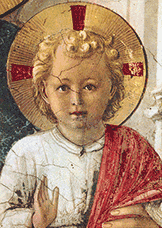When Archbishop Cullen appointed Newman as Rector of the proposed Catholic University of Ireland in 1851, it was to spearhead the Church’s response to a scheme designed to enable Catholics to obtain degrees within the secular, utilitarian system devised by Sir Robert Peel: the Queen’s Colleges of Belfast, Cork and Galway. As Newman wrote, the University was intended to attract American as well as Irish students, and to become a centre of Catholic cultural renewal for the whole English-speaking world, “with Great Britain, Malta (perhaps Turkey or Egypt), and India on one side of it, and North America and Australia on the other.” It was an extraordinary vision, and even if this first Irish Catholic university was reabsorbed by the secular system after Newman’s departure, it had provided the occasion for a series of discourses on education (The Idea of a University) which continue to influence Catholic thinking today. John Paul II’s Ex Corde Ecclesiae (1990), defining the basic constitution of a modern Catholic university, clearly bears the mark of Newman’s thought.
Today, Newman’s ideas are more urgent and relevant than ever. Zenit has recently published a useful series of articles on this theme by Fr Juan R. Velez ("Newman's 'Idea' for Catholic Higher Education", Part 1, Part 2). The tensions between “liberal” or progressive and “conservative” or authoritarian elements in the Catholic academic world tend to come to a head over the
